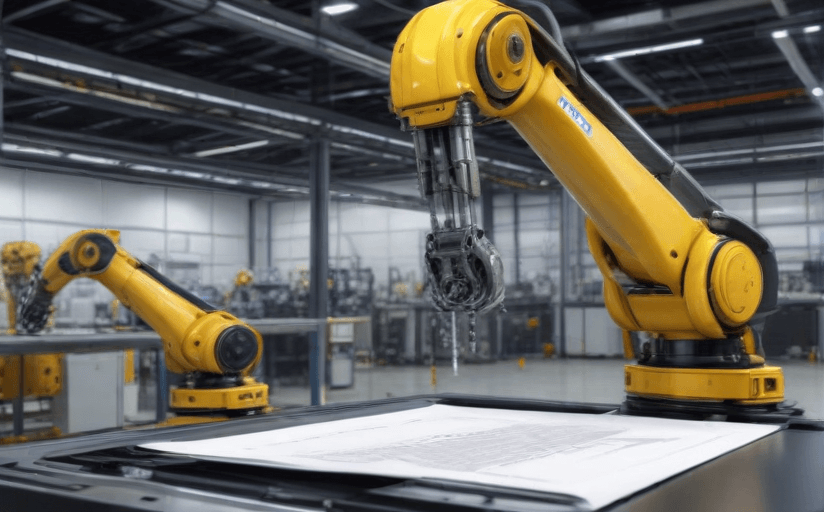Analyzing the Impact of Automation and Artificial Intelligence on Job Displacement
Technological advancements in recent decades have brought about the increasing prevalence of automation and artificial intelligence (AI) across various industries globally. While these technologies have substantially improved efficiency and productivity, their impact on job displacement cannot be undermined.
Automation and AI: A Double-Edged Sword
While automation allows businesses to improve efficiency by replacing repetitive and routine tasks, it also leads to substantial job displacement. According to a report by McKinsey & Company, up to 800 million global workers will lose their jobs by 2030 and be replaced by robotic automation (source). AI, being capable of learning, comprehension and problem-solving, also poses significant displacement risk to job roles that previously seemed immune to computerisation.
Job Losses and Transformation
Automation and AI does not only pose significant threat to job roles involving routine tasks. With their increasing capabilities, job roles that involve complex decision-making tasks are also at risk. Statistics show that 47% of total US employment is at risk due to computerisation (source). On the brighter side, McKinsey Global Institute predicts a transformation of jobs and a creation of new categories of work by 2030 at the same pace of job displacements.
Mitigating Negative Effects
The threat of job loss due to automation and AI amplifies the necessity of upskilling and reskilling workforce. Governments, educational institutions, and employers are now required to invest in skills training and lifelong learning. The jobs of the future require different skills than the jobs of the past, says Jamie Merisotis, president and CEO of Lumina Foundation. Upskilling and reskilling are critical to not just to employment, but to the broader economy.
Case Study: Upskilling at Amazon
In 2019, Amazon pledged $700 million over six years to upskill 100,000 of its US employees, one of the most ambitious upskilling initiatives to date. The program targets job roles most threatened by automation and AI, and the roles requiring more complex digital skills. Preliminary data suggests significant successes in roles that have undergone the upskilling program (source).
Conclusion
The impact of automation and AI on job displacement is profound, and it is increasingly important that workers, employers and governments devote resources towards learning new skills applicable in the fourth industrial revolution era. While job losses are inevitable, proper preparation and strategy can help mitigate the negative effects and harness the benefits of these advanced technologies.

















Comments
Leave a Comment